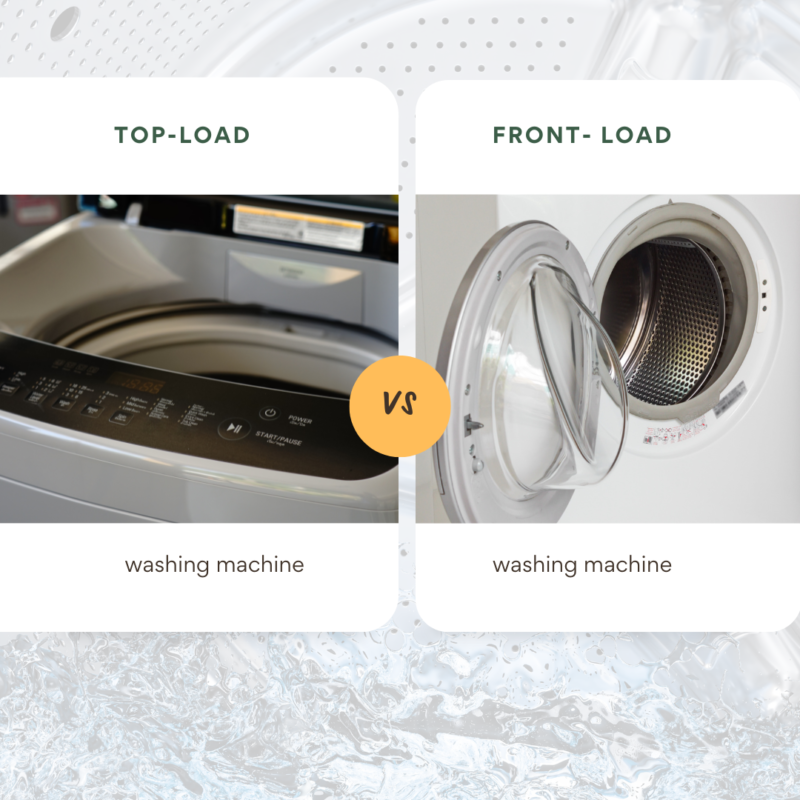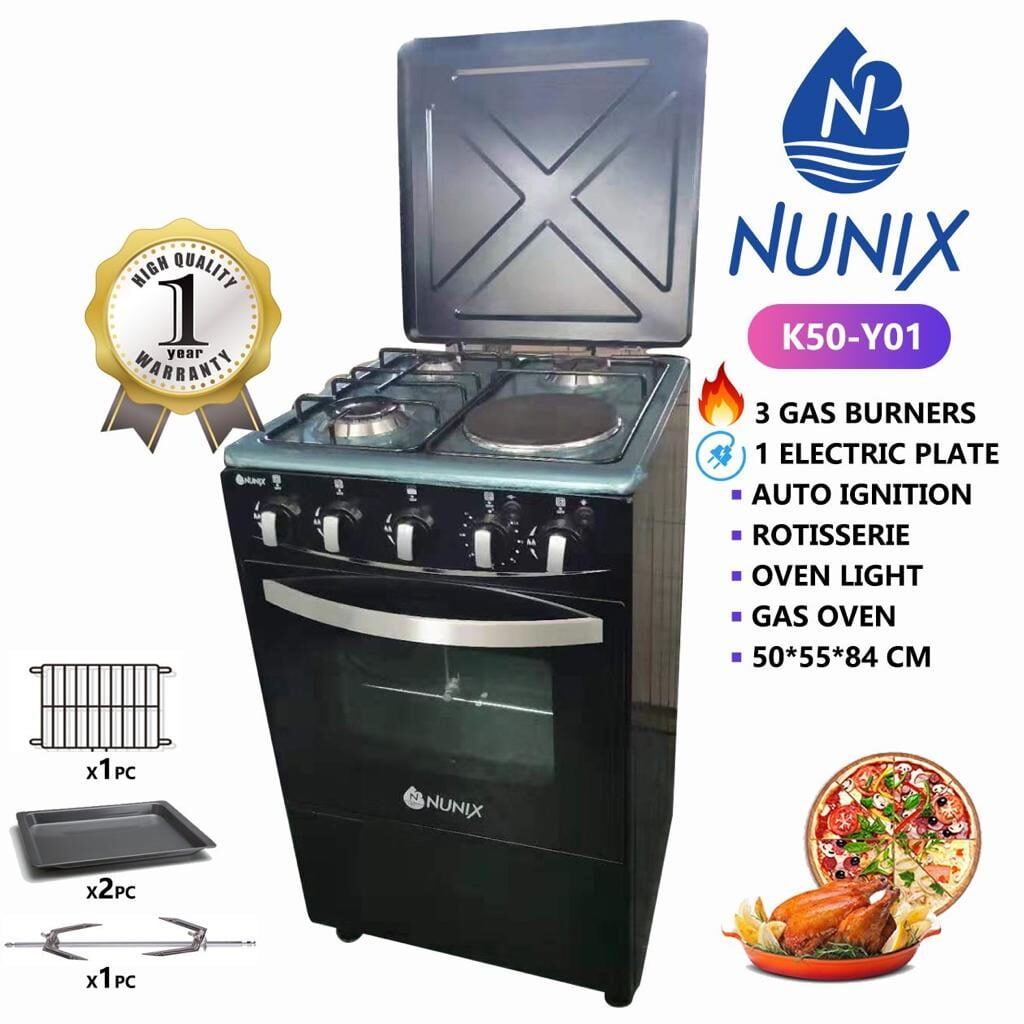Bye-Bye Dry Skin! The Magic of Humidifiers for Winter
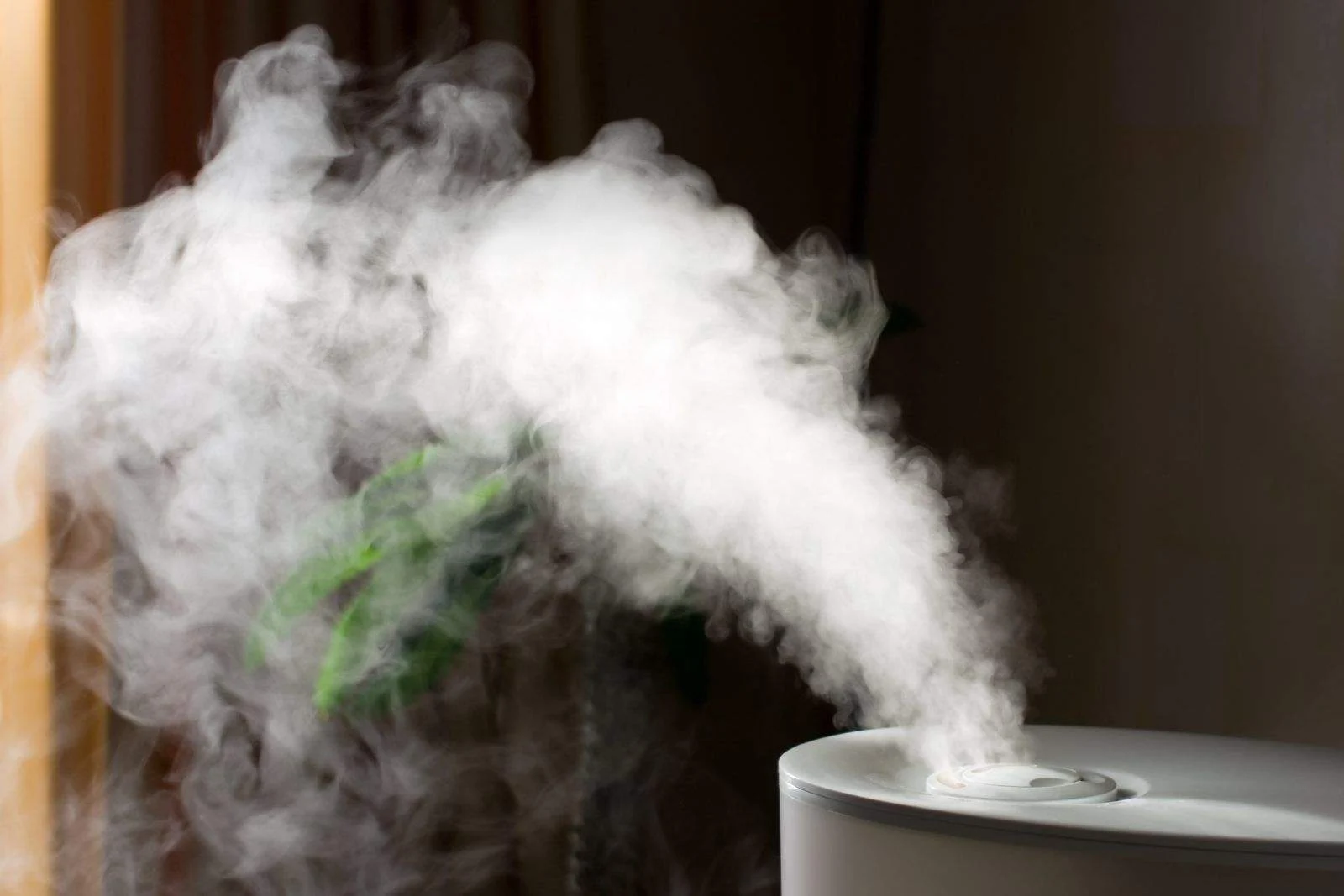
Introduction
The concept of humidification dates back to ancient civilizations, where people used bowls of water and wet cloths to increase indoor humidity. The first electrically powered humidifier was developed in the early 20th century, paving the way for the sophisticated and efficient devices we use today. Over time, technological advancements have led to the creation of more effective and user-friendly humidifiers, making it easier for individuals to maintain comfortable indoor air quality. Humidifiers are devices specifically designed to introduce moisture into the air, playing a crucial role in maintaining indoor air quality.
These devices work by emitting water vapor or steam to increase humidity levels, which can significantly improve comfort and overall well-being. The fundamental functionality of a humidifier involves drawing in dry air, passing it through a water-saturated filter or wick, and then releasing the humidified air back into the room. This process helps to elevate the ambient humidity levels, making the indoor environment more pleasant and healthier. This blog post sets the stage for delving deeper into the specific benefits, types, and selection tips for humidifiers, underscoring their essential role in improving indoor air quality, particularly in dry conditions or during colder seasons.
Health Benefits of Using Humidifiers
Humidifiers offer a range of health benefits, making them a valuable addition to many households. These advantages are:
- One of the primary advantages is the improvement of respiratory health. By adding moisture to the air, humidifiers can alleviate symptoms associated with conditions such as asthma and bronchitis. Research has shown that maintaining indoor humidity levels between 30% and 50% can reduce respiratory distress, as dry air can irritate the nasal passages and lungs, exacerbating respiratory issues.
- In addition to respiratory benefits, humidifiers can significantly alleviate dry skin. During colder months or in arid climates, low humidity can cause skin to become dry, itchy, and flaky. By increasing moisture in the air, humidifiers help to maintain skin hydration, reducing the occurrence of conditions such as eczema. Dr. Jane Smith, a dermatologist, notes, “Patients with eczema often see a noticeable improvement in their symptoms when they use a humidifier regularly, as it helps to maintain the skin’s barrier function.”
- Moreover, using a humidifier can enhance sleep quality. Dry air can lead to discomfort during sleep, causing issues like dry throat, nasal congestion, and even snoring. By ensuring optimal humidity levels, individuals may experience more restful and uninterrupted sleep. This is particularly beneficial for those with sleep apnea, as a humidified environment can ease breathing and reduce apnea episodes. John Doe, a sleep apnea patient, shared, “Since I started using a humidifier, my sleep has improved dramatically. I wake up feeling more refreshed and less congested.”
- Scientific evidence and expert opinions underscore the health benefits of humidifiers. For instance, a study published in the Journal of Asthma found that increasing indoor humidity levels helped reduce asthma symptoms in children. Additionally, testimonials from users highlight the practical advantages of incorporating a humidifier into daily life. By addressing common issues such as dry skin, respiratory discomfort, and sleep disturbances, humidifiers can contribute to an overall improvement in health and well-being.
Types of Humidifiers
Humidifiers come in various types, each with its unique mechanisms and benefits. Understanding the differences between cool mist, warm mist, and ultrasonic humidifiers can help you make an informed decision.
1. Cool Mist Humidifiers
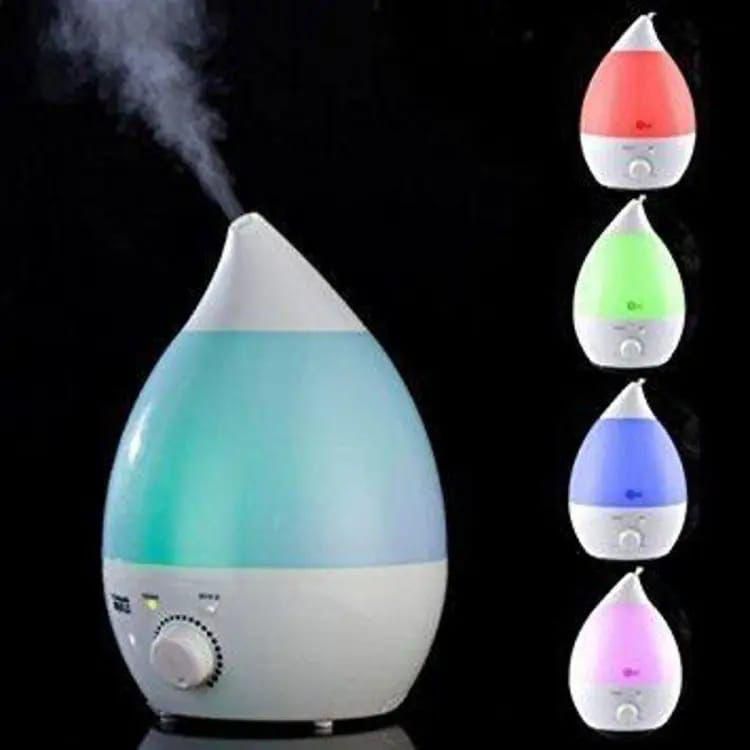
Cool mist humidifiers release a refreshing, cool vapor into the air. They work by using either an impeller or an evaporative system. The impeller type uses a rotating disk to create a fine mist, while the evaporative model employs a wick filter to absorb water, which is then evaporated by a fan.
Advantages: Cool mist humidifiers are energy-efficient and safe for use around children and pets. They are also effective in covering large areas and can help with respiratory issues such as allergies and asthma.
Disadvantages: These humidifiers can be noisier compared to other types. Additionally, they require regular cleaning to prevent mold and bacteria buildup.
2. Warm Mist Humidifiers
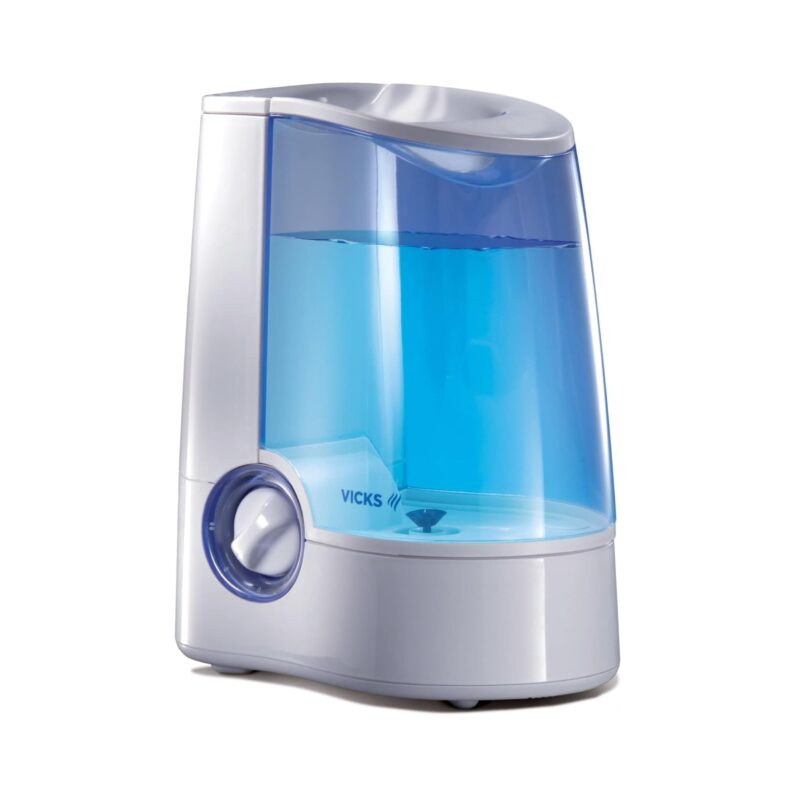
Warm mist humidifiers, also known as steam vaporizers, heat water to produce steam, which is then cooled before being released into the air. This type of humidifier can help create a warm and cozy atmosphere, especially during colder months.
Advantages: Warm mist humidifiers are quieter and can help kill bacteria and germs due to the heating process. They also provide a comfortable warmth, which can be soothing during winter.
Disadvantages: These units can be more energy-intensive and are not recommended for use around young children due to the risk of burns. They also have a smaller coverage area compared to cool mist humidifiers.
3. Ultrasonic Humidifier
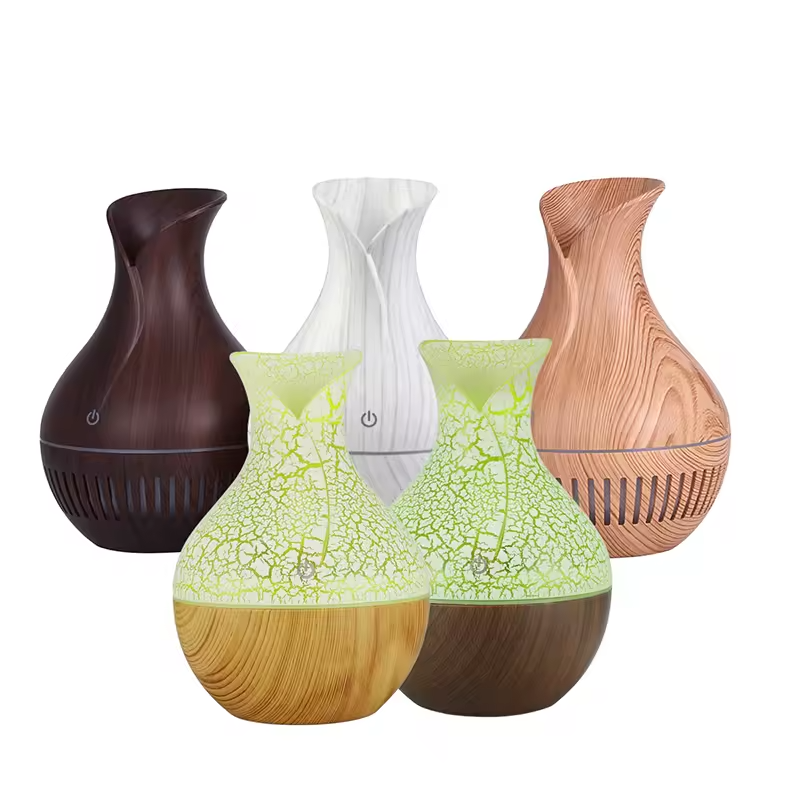
Ultrasonic humidifiers use high-frequency vibrations to produce a fine mist. This type of humidifier is known for its quiet operation and efficiency, making it a popular choice for bedrooms and offices. They are the most common in Kenya.
Advantages: Ultrasonic humidifiers are exceptionally quiet and energy-efficient. They provide a fine mist that can quickly add humidity to the air. Additionally, they are available in both cool and warm mist options.
Disadvantages: These humidifiers can leave a white dust residue if used with hard water. Regular maintenance and cleaning are necessary to ensure optimal performance.
Comparison Table
| Type | Advantages | Disadvantages | Best Use Cases |
|---|---|---|---|
| Cool Mist | Energy-efficient, Safe for children and pets, Large coverage area | Noisier, Requires regular cleaning | Large rooms, Allergy and asthma relief |
| Warm Mist | Quieter, Kills bacteria and germs, Provides warmth | Energy-intensive, Risk of burns, Smaller coverage area | Cold weather, Germs and bacteria control |
| Ultrasonic | Quiet, Energy-efficient, Quick humidity addition | White dust residue, Requires regular maintenance | Bedrooms, Offices, Quiet environments |
Choosing the Right Humidifier for Your Needs
When selecting the ideal humidifier, several factors must be considered to ensure it meets your specific requirements.
- Room size – Humidifiers come in various capacities, tailored to accommodate different spaces. For instance, tabletop models are suitable for small rooms, while console humidifiers are designed for larger areas. Accurately assessing the room size will help you select a unit that can effectively maintain the desired humidity levels.
- Budget – Budget is another crucial consideration. Humidifiers vary widely in price, from basic models to advanced units with a range of features. Establishing a budget beforehand will help narrow down your options. However, it’s important to balance cost with essential features to ensure you get the most value for your money.
- Tank capacity – Tank capacity is an essential feature to examine. A larger tank means fewer refills, making it more convenient, especially for overnight use. Noise level is also a significant factor, particularly if the humidifier will be used in a bedroom or workspace. Opt for models that operate quietly to avoid disturbances.
- Ease of cleaning – This is another critical aspect. Humidifiers require regular maintenance to prevent mold and bacteria growth. Choose models with removable and dishwasher-safe parts to simplify the cleaning process. Additionally, certain humidifiers come with built-in hygrometers and automatic shut-off features. These enhancements not only provide convenience but also ensure optimal performance by maintaining appropriate humidity levels and preventing over-humidification.
Addressing common misconceptions, such as the fear of over-humidification or creating a breeding ground for bacteria, is vital. To mitigate these concerns, opt for humidifiers with antimicrobial features or those that use UV technology to kill bacteria. Regular maintenance, including cleaning and replacing filters, also plays a crucial role in ensuring a safe and healthy environment.
Conclusion
In conclusion, when choosing a humidifier, consider factors such as room size, budget, tank capacity, noise level, ease of cleaning, and additional features. By carefully evaluating these elements, you can select a humidifier that effectively meets your needs while ensuring a comfortable and healthy living space.. Get to explore types of humidifiers on skywave.co.ke

